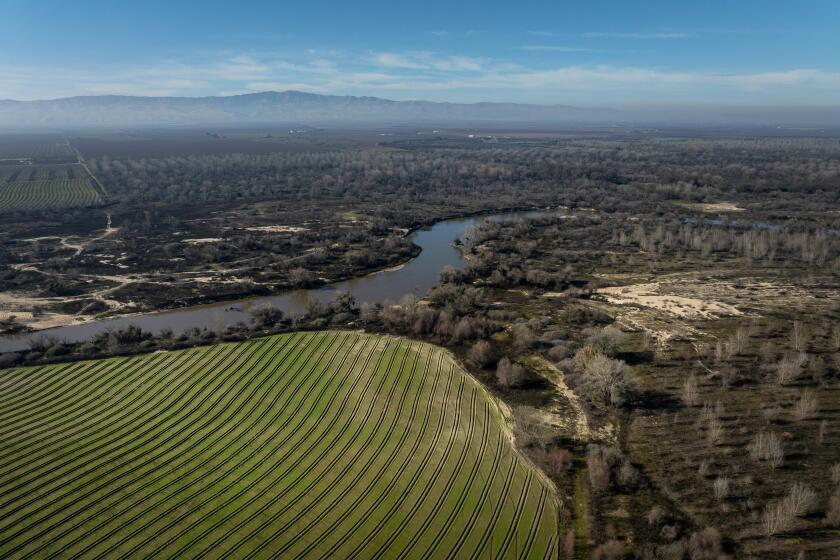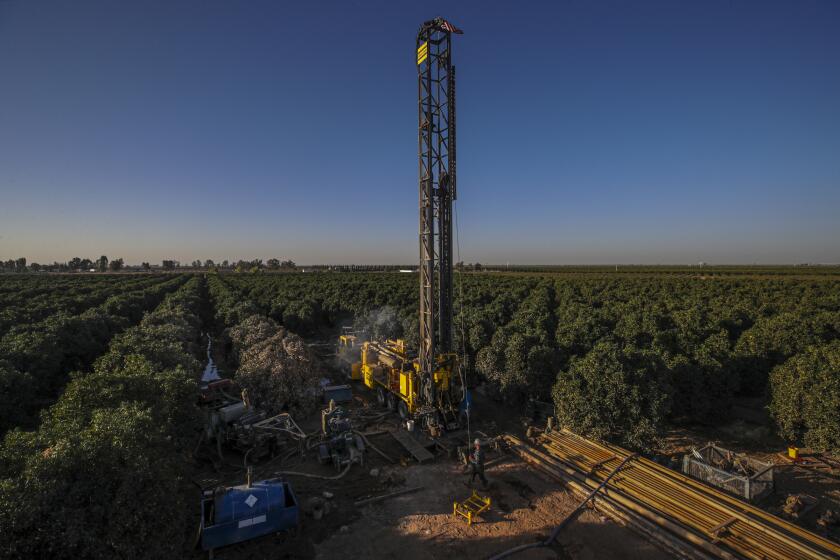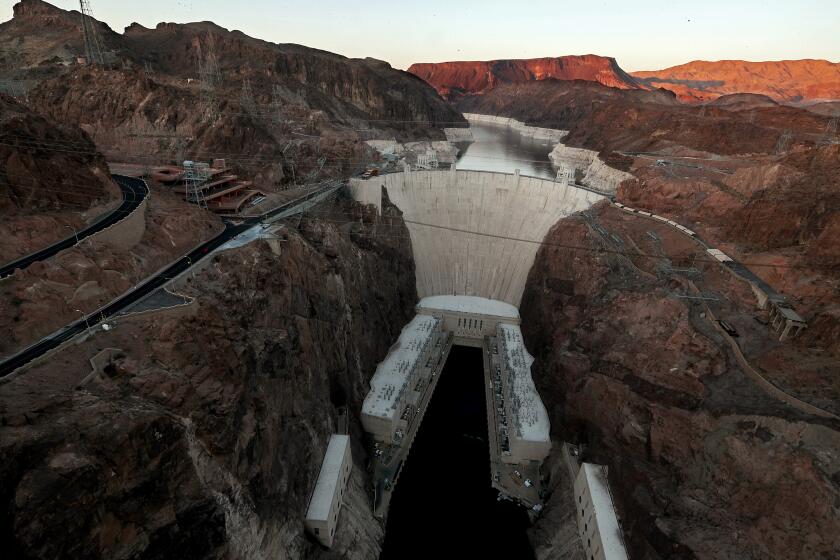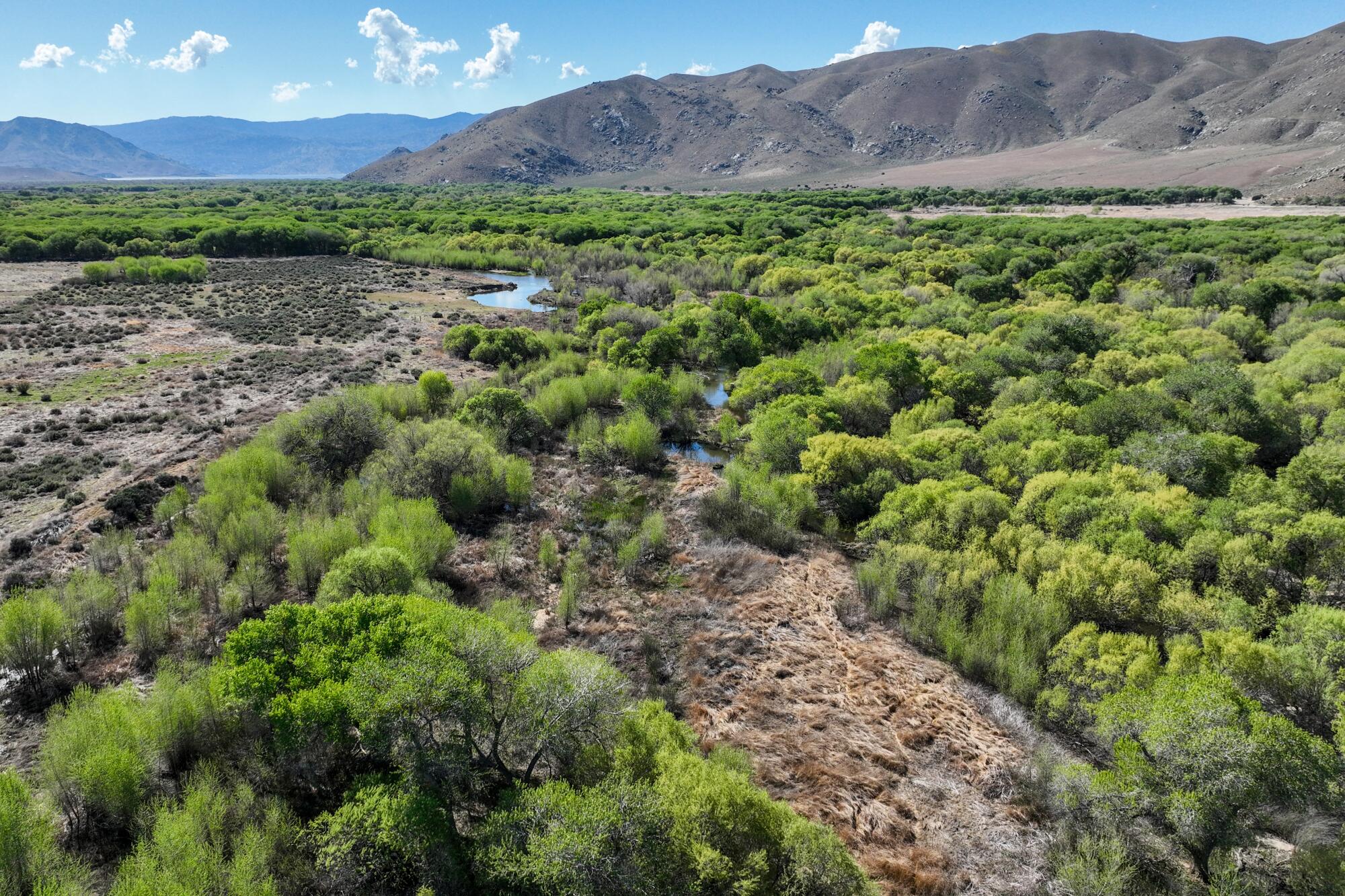
WELDON, Calif. — California is recognized as one of the world’s hotspots of biodiversity, with more species of plants and animals than any other state. And a significant number of the state’s species, from frogs to birds, live in habitats that depend on groundwater.
These rich ecosystems — including spring-fed streams, wetlands, riparian forests and oak woodlands — are vulnerable to declines in groundwater levels. In areas where unchecked pumping from wells severely depletes aquifers, once-thriving wetlands and forests can dry up and die.
Spotting threats to vulnerable natural areas has become a mission for Melissa Rohde, a hydrologist who has spent years analyzing satellite data and water levels in wells to come up with strategies for preventing ecosystems from being left high and dry.
“Nature has been getting the short end of the stick. It basically gets whatever is left behind, which oftentimes is not enough,” Rohde said. “How do we ensure that these ecosystems are protected?”
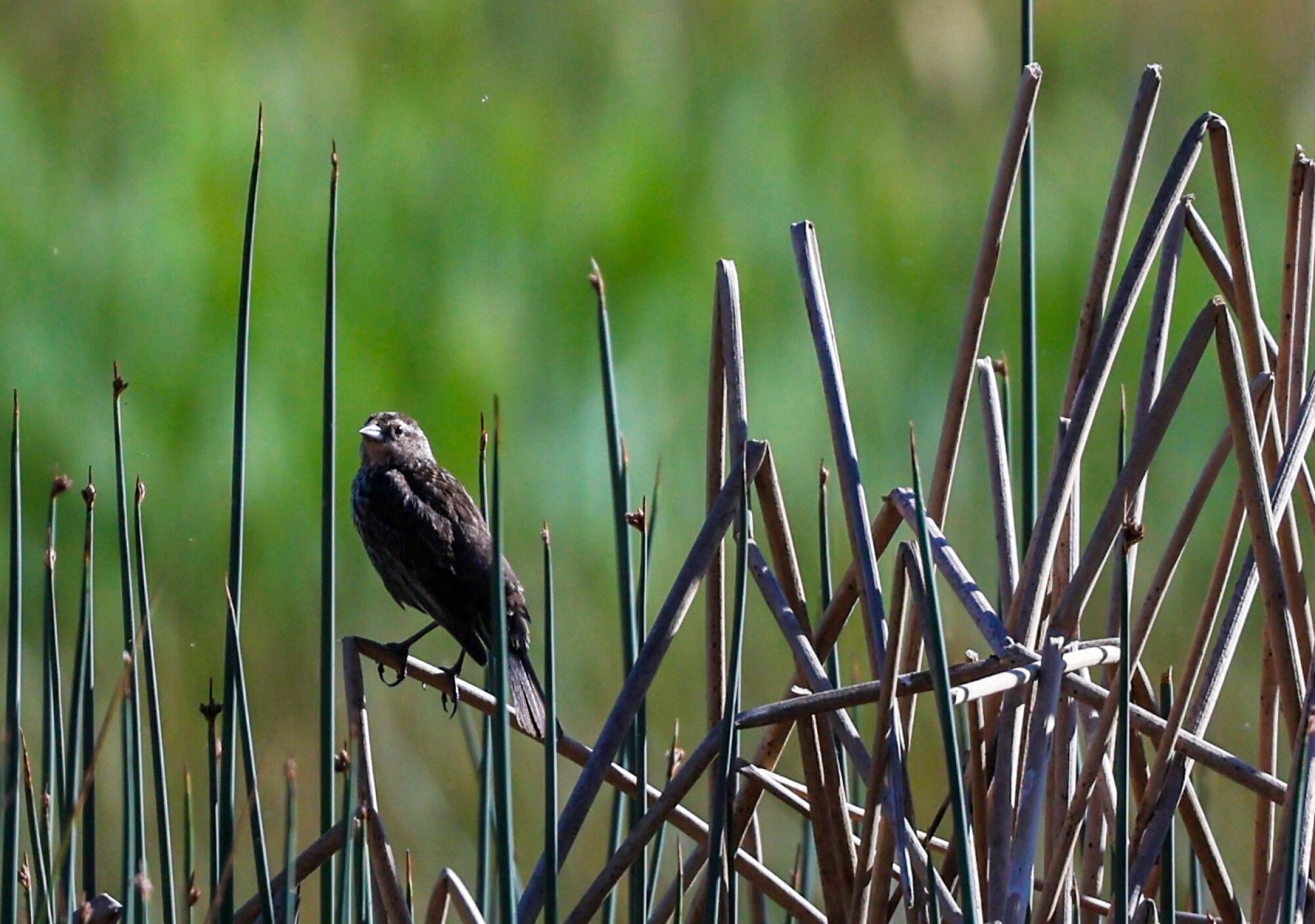
California is the only state with a groundwater law that includes provisions intended to protect groundwater-dependent ecosystems. But the law, adopted in 2014, gives considerable leeway to local agencies in developing water management plans that prevent “significant and unreasonable adverse impacts.”
When Rohde and other scientists examined the local plans for parts of the state that fall under regulation, they found only about 9% of groundwater-dependent ecosystems are adequately protected, while the remaining 91% are vulnerable.
When they looked at the entire state, they determined only 1% of the ecosystems are sufficiently protected under measures adopted to date.
Aggressive and impactful reporting on climate change, the environment, health and science.
Rohde has been focusing on finding ways to change that, in California and around the world.
Often working at home, she has pored over satellite data to spot decreases in vegetation greenness during drought, a telltale sign of die-off caused by declining aquifer levels. And she has analyzed how different types of trees, including willows, cottonwoods and oaks, fare when water levels fall depending on the depth of their roots.
Rohde and other researchers recently published a study outlining how California can set targets for maintaining groundwater levels — based on a formula including the type of vegetation, local water data and satellite imagery — to ensure the plants that anchor each ecosystem will be able to reach water and survive during dry times.
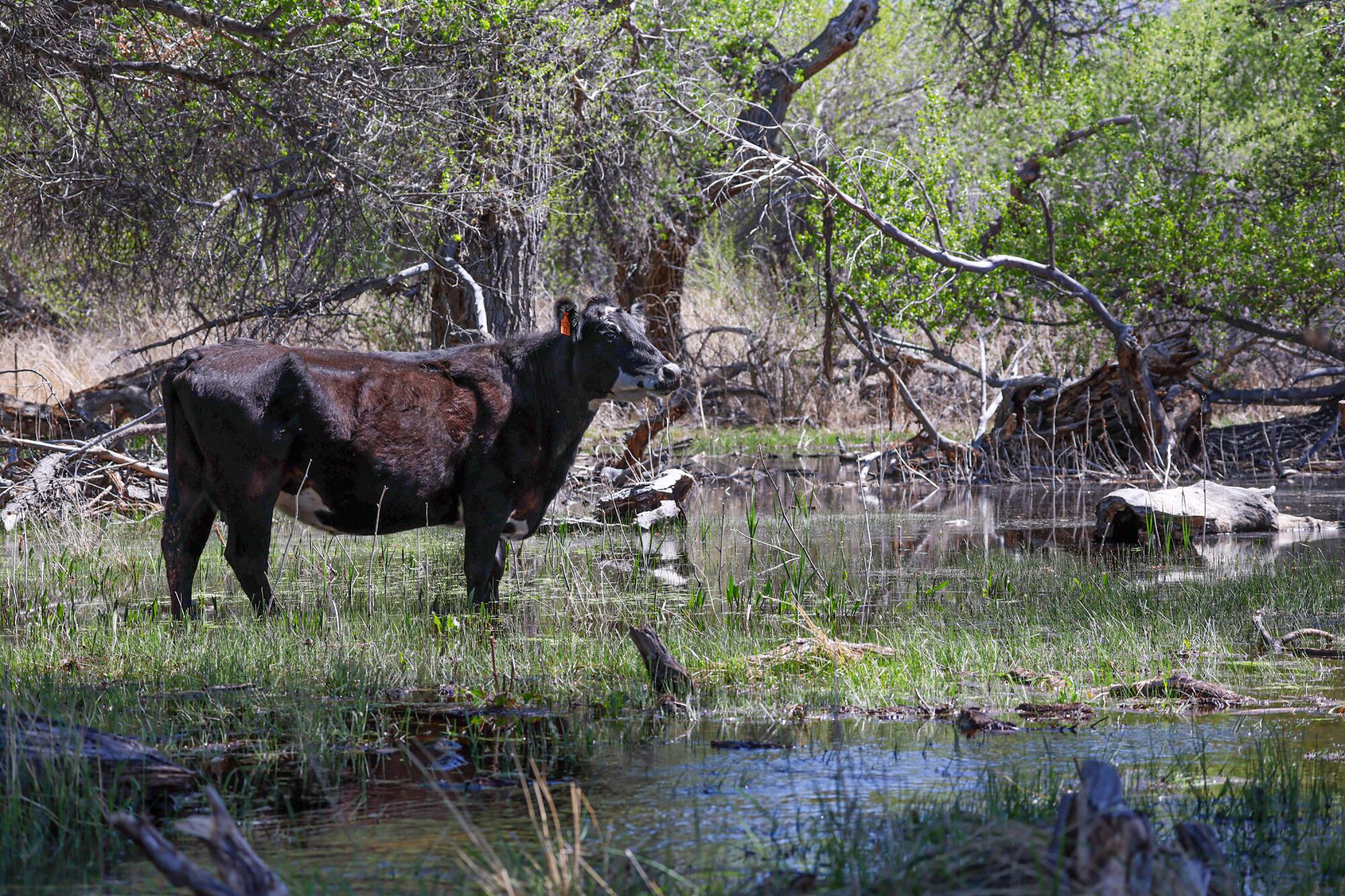
“If we don’t have groundwater levels that are able to support these diverse native vegetation ecosystems, then basically we run the risk of losing that important habitat for a lot of our threatened and endangered species,” Rohde said. “When you play around with keeping groundwater levels too deep to support the habitat, then you could lose species, and then that’s irreversible. The consequences can be severe.”
In California’s Mediterranean climate, trees, shrubs and the species they support are naturally adapted to drought. But excessive pumping from wells can push habitats beyond ecological limits by depleting the sources that sustain them.
With humanity’s heating of the planet intensifying droughts, the strains affecting these ecosystems continue to grow.
Already, California has lost the vast majority of its original wetlands to development, water diversions and agriculture. To avoid losing what remains, Rohde said, the state needs “a precautionary and preventative approach that can ensure that these ecosystems can withstand the intensification of droughts in climate change.”
During a recent visit to Kern County, Rohde and several conservation specialists walked in the shade through a lush forest of cottonwood trees near the south fork of the Kern River, visiting a nature preserve she had previously seen only in satellite images.
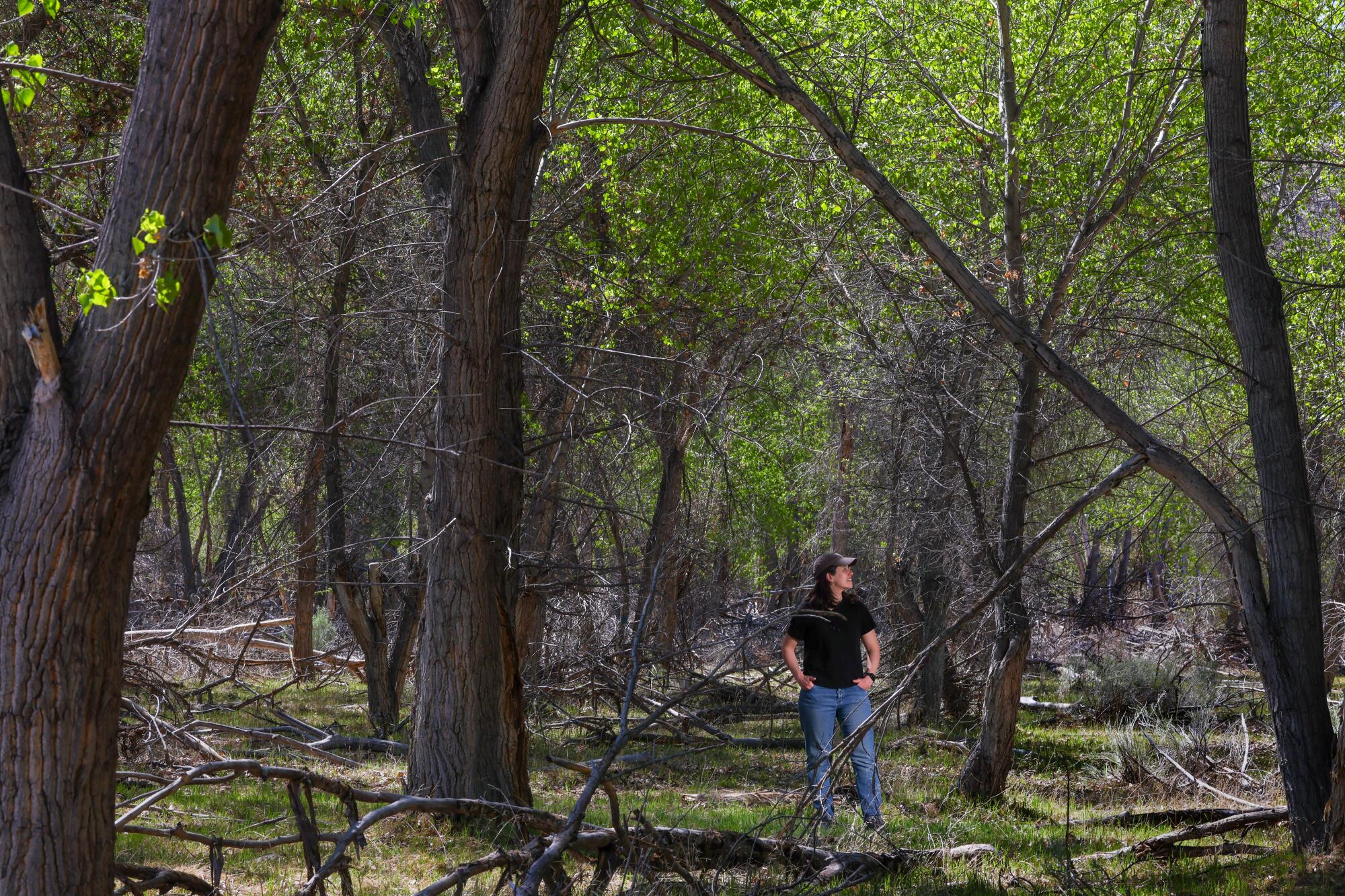
At the edge of a clearing, she came upon the bare, sunbleached skeletons of dead trees.
She said satellite data had revealed that parts of the forest died along this part of the Kern River during the drought between 2012 and 2016.
“That’s because the groundwater levels rapidly declined,” Rohde said.
After that die-off, she said, groundwater levels rebounded in the area, and the native vegetation has been growing back.
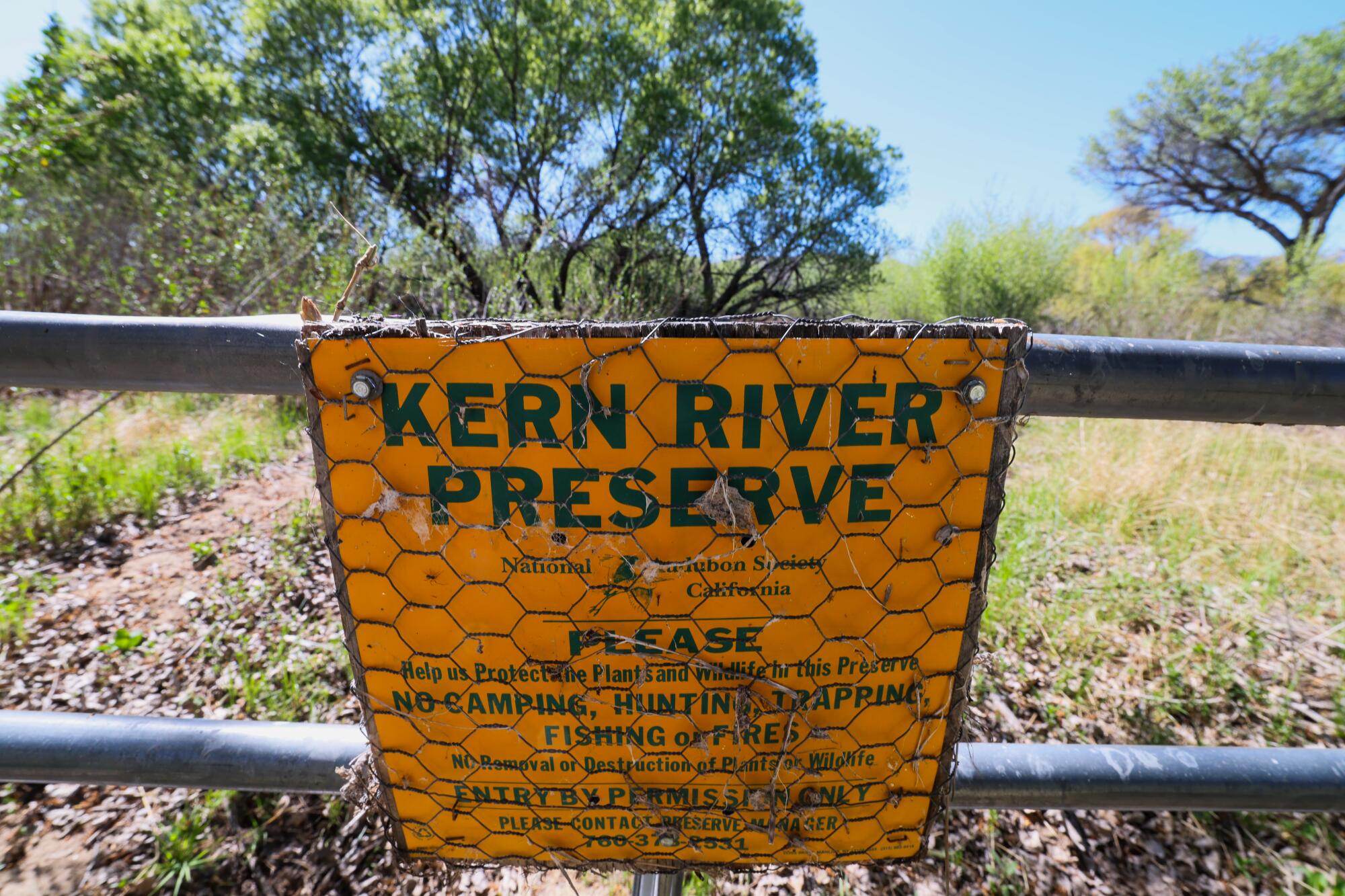
It helps that this forest is protected as part of the Kern River Preserve, which is managed by the National Audubon Society, and that some nearby farmlands have been retired and converted to conservation lands over the years.
The preserve’s managers, working with the organization Ducks Unlimited, have also restored an expanded wetland by diverting water from the river and flooding a section of pastureland where cattle used to graze.
The wetland attracts birds, such as coots and tricolored blackbirds, and also recharges the aquifer that the roots of cottonwoods and willows tap into.
Efforts to restore river floodplains are expanding in California. Making space for water is increasingly seen as a natural solution for floods and droughts.
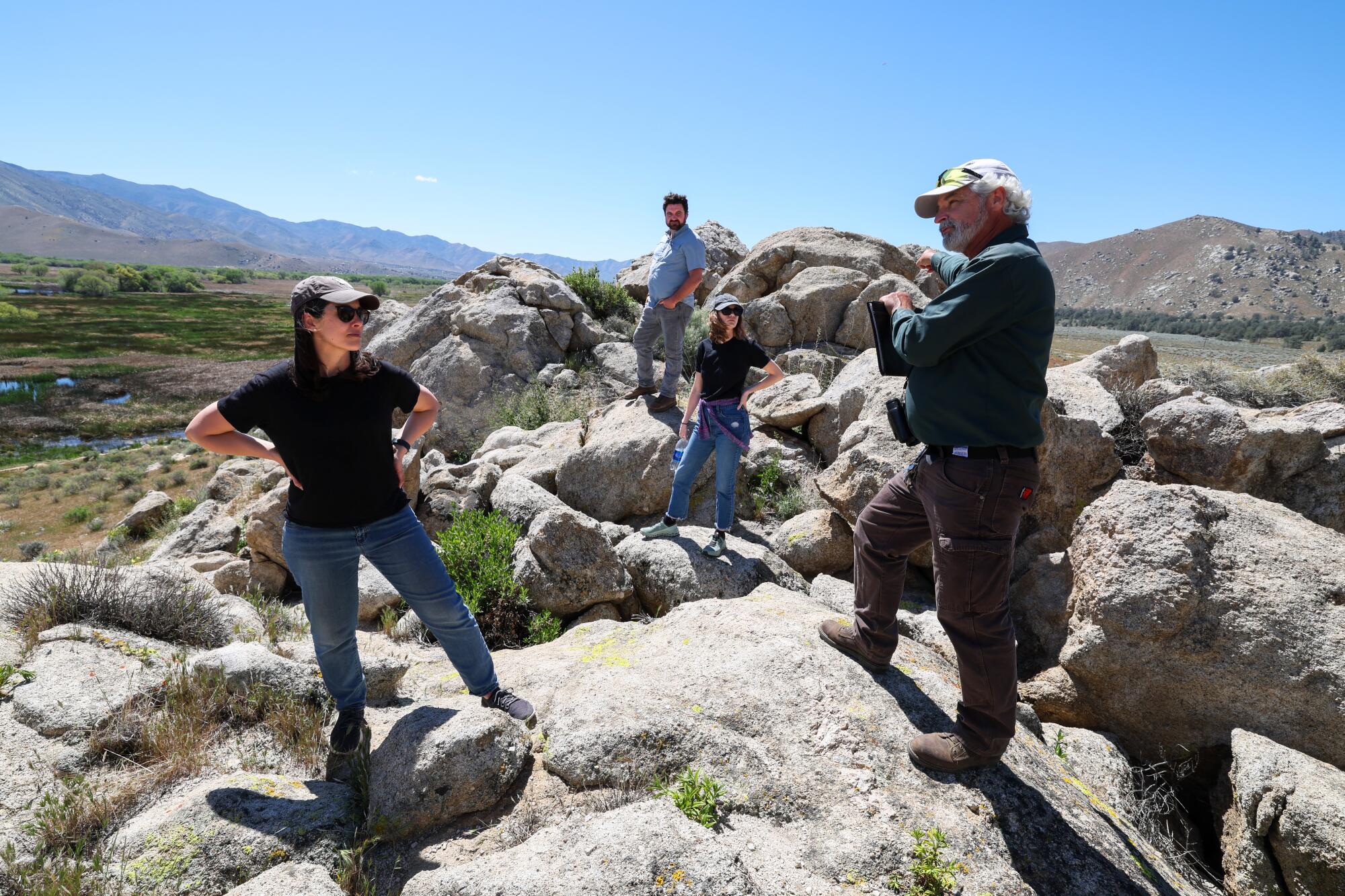
The 3,300-acre preserve has expanded as adjacent alfalfa fields have been purchased and agricultural wells have been shut down, said Reed Tollefson, the preserve’s manager. These efforts have helped protect a refuge for birds including willow flycatchers and yellow-billed cuckoos.
As he pointed to several dead trees poking from the living cottonwoods, he said protecting the forest from groundwater pumping and climate change will require additional effort.
“I think it’s tenuous,” he said. “We’ve got more work to do to try and really sustain this.”
The dead trees that have appeared here and elsewhere in California over the past decade represent the sort of die-off that water managers need to focus on preventing, Rohde said.
“It has to be an intentional practice of setting thresholds, monitoring, using satellite data or other scalable means to measure the impacts, in order to make sure that we are not allowing this to happen on a wider scale,” she said. “From a biodiversity perspective, it’s absolutely critical.”
Rohde said she felt hopeful seeing the forest rebounding and much greener than it was several years ago, with many young trees coming up.
Some other parts of California haven’t fared nearly as well.
One rainy day last month, Rohde visited an area along the Santa Clara River in Ventura County where several hundred acres of willows and cottonwoods dried up and died during the drought in the mid-2010s.
When groundwater pumping by farms and communities caused aquifer levels to fall, many trees died along the river near the city of Fillmore.
“We saw this catastrophic drop in groundwater at this site,” Rohde said.
She visited the area with a research colleague and two managers from the Nature Conservancy. They stood on a gravel road next to a lemon grove, checking on what remained of the forest.
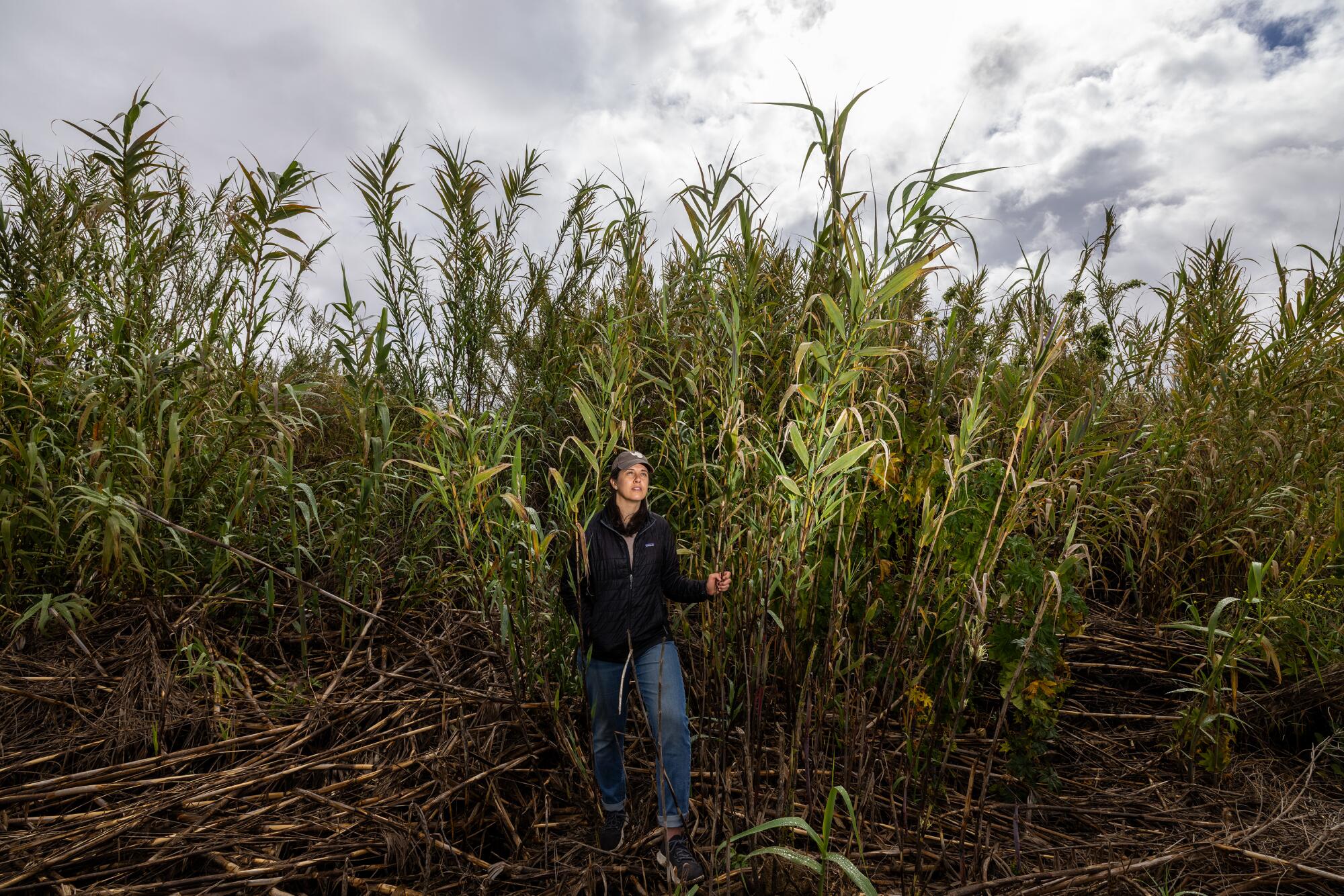
Where native trees died, an explosion of invasive reeds has taken over. The nonnative reeds, called arundo, have grown into thickets more than 20 feet tall. And unlike willows, Rohde said, arundo offers little value as habitat for birds.
“When we had that massive die-off, and the groundwater levels remained deep, there was no way for the native vegetation to regenerate,” she said. “But arundo is extremely efficient at extracting soil moisture. And so it was able to outcompete the native vegetation.”
She said efforts to prevent this sort of habitat degradation should be prioritized.
Groundwater depletion is worsening in many of the world’s farming regions. But a global study also found that some efforts are helping to boost aquifers.
When managers of local agencies set goals for maintaining groundwater levels, she said, they can tailor targets to the type of vegetation — whether there are cottonwood trees, with roots averaging about 9 feet long, or oaks, with roots that average nearly 30 feet but can grow much deeper.
Her colleague Michael Bliss Singer said when native trees are ravaged by multiple years of low water levels, they will start losing leaves and then dropping branches.
In one study, Singer and others documented a “brown wave” of trees drying along the Santa Clara River between 2012 and 2016 — a loss they saw in satellite images.
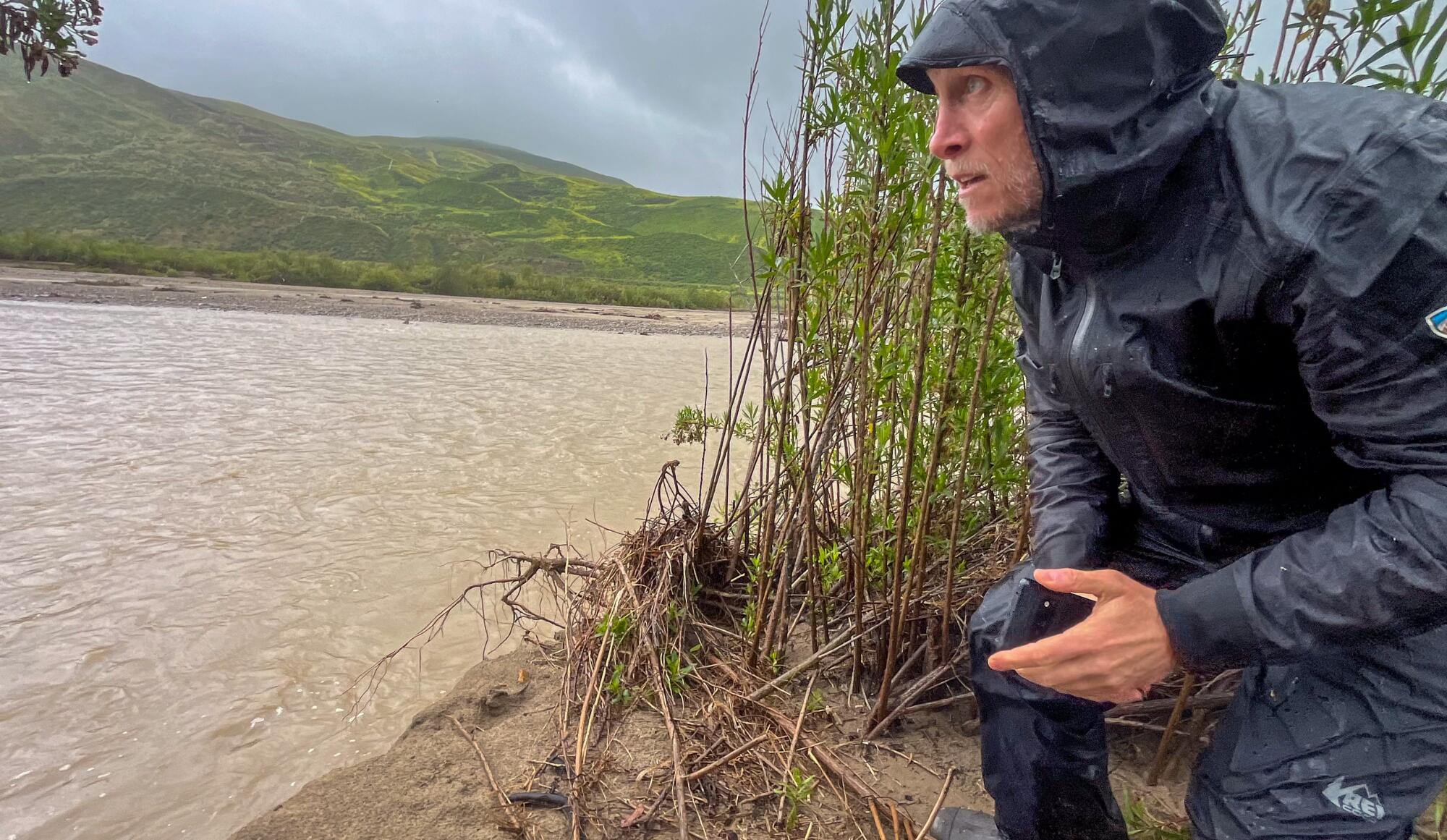
“It’s completely transformed the ecosystem here,” said Singer, a professor at Cardiff University in Wales who is also a researcher at UC Santa Barbara.
When plants die off like this and don’t recover, it’s a symptom of an ecosystem in decline. To prevent more of these losses in an era when climate change is driving more severe droughts, Singer said, it’s crucial to “come up with creative solutions for the worst-case scenario.”
Rohde has found in her research, however, that most local groundwater plans in California haven’t adequately accounted for climate projections.
Previously, Rohde did other types of climate research, including a stint in Antarctica in 2010, where she was part of a drilling team collecting ice cores. From that experience, Rohde said she realized that “I didn’t want to spend my career convincing people that climate change was an issue; I wanted to do something about it.”
She wore a faded cap with an Antarctica map, a memento of that trip. Rohde said her recent work is motivated by concerns about the climate crisis and biodiversity, as well as a conviction that proactive steps to protect ecosystems can make a difference.
“I have two young kids. I really want to make sure that I’m doing the best thing that I can to ensure a sustainable future for them, where they can access nature,” Rohde said.
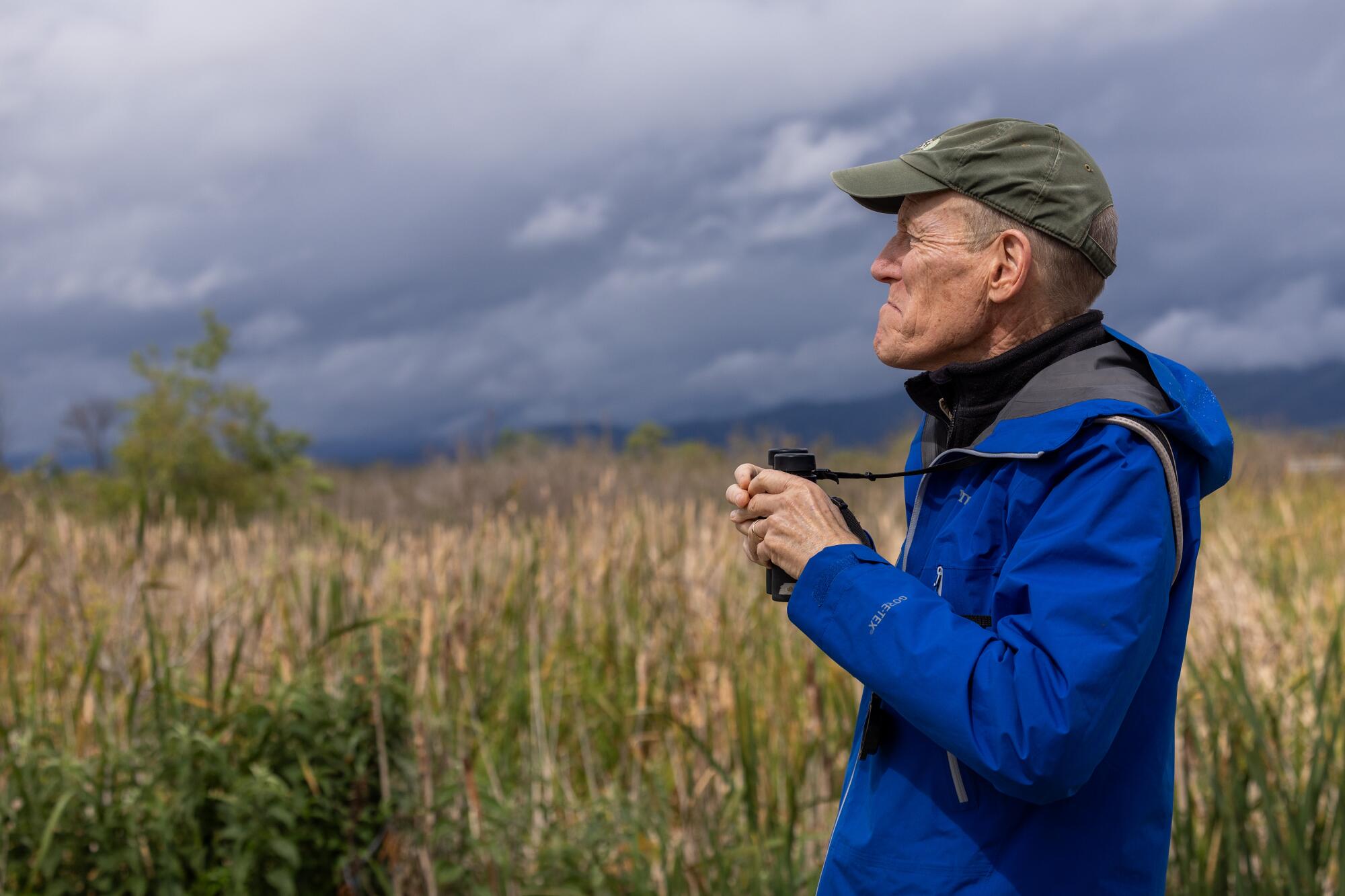
“Often groundwater is out of sight, out of mind,” she said. “We don’t measure it, we don’t understand it and we misuse it. And we need to make sure that we are managing groundwater so that it is supporting us, and making sure that we have a sustainable future.”
Rohde now works as an independent scientist. Previously, as a researcher for the Nature Conservancy, she helped write an atlas of threatened and endangered species that rely on groundwater.
California’s groundwater-dependent ecosystems lie not only along streams, but also in habitats such as mountain meadows, coastal redwood forests and mesquite bushes among desert sand dunes. The species they support range from tiger salamanders to desert pupfish, and from songbirds to mammals such as ground squirrels and bighorn sheep.
“The risks are high when species are on the verge of extinction,” Rohde said.
Rohde and other scientists have found that ecosystems sustained by groundwater are under threat worldwide. Some of the few regions that have measures intended to protect them, she said, include Australia, the European Union and California.
Still, even with California’s groundwater regulations and endangered species laws, Rohde said, “we continue to miss the mark in actually protecting them.”
Rohde said state officials should give local water agencies clear direction to ensure they’re using science-based methods to safeguard ecosystems in their state-mandated plans. She said agencies can now use the approaches scientists have outlined to map strongholds of biodiversity and set targets for maintaining aquifer levels.
“It’s very attainable,” she said. “Now, it’s just basically up to political will, or enforcement by the Department of Water Resources, to ensure that that happens.”
Walking in the rain at the Santa Clara River Preserve, Rohde followed her former Nature Conservancy colleagues Peter Dixon and E.J. Remson on a trail through a stand of healthy trees.
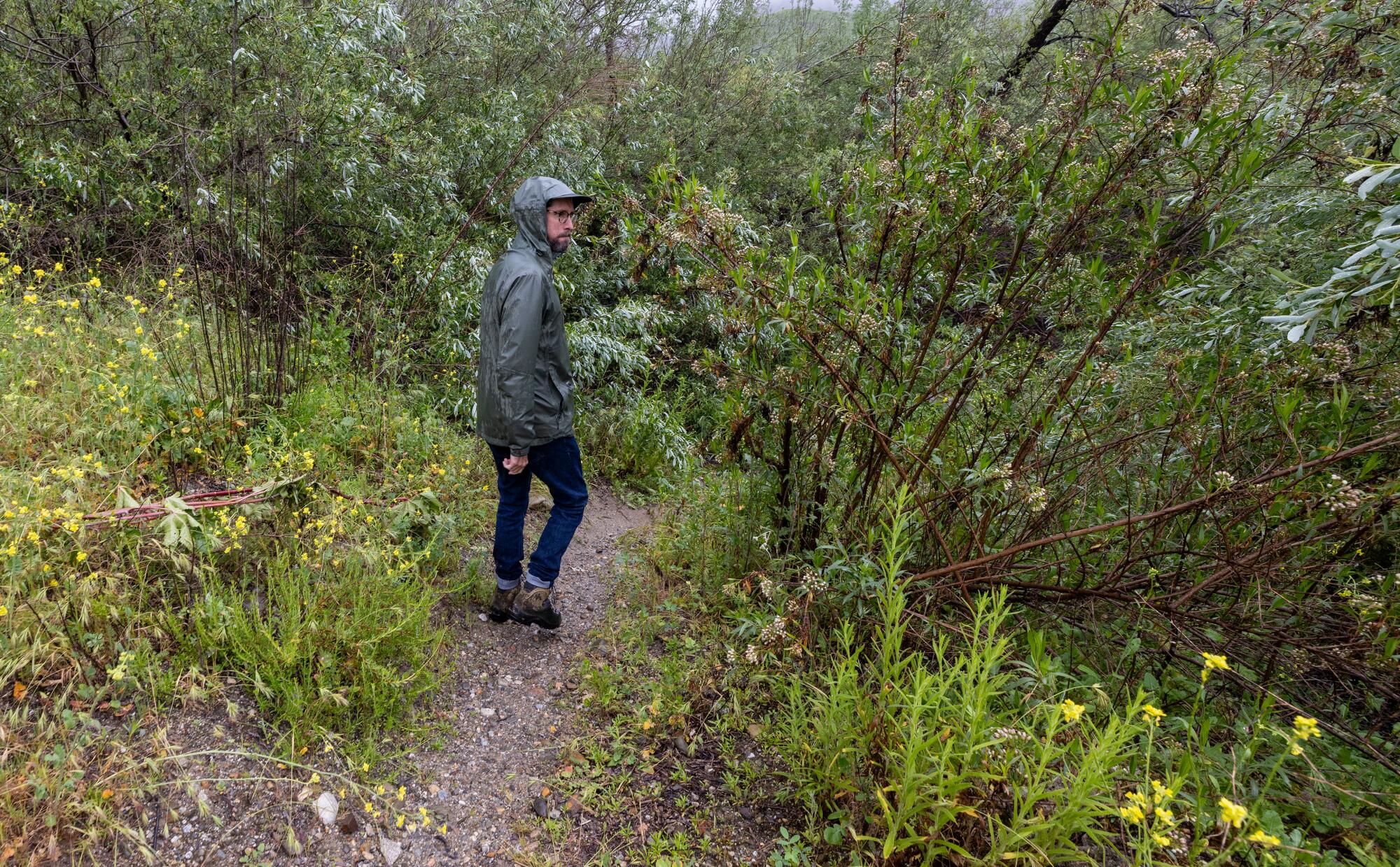
They stood on the banks of the fast-flowing river, watching the muddy water churn past.
In the summer and fall, this part of the river usually dwindles to a trickle.
And during the next drought, when the river dries up, the forest will depend on the same groundwater that nearby communities and farms also use.
If the water needs of this and other ecosystems aren’t prioritized, Rohde said, vital habitats will suffer.
“We need to be deliberate about the planning, and ensuring that they get their fair share,” she said. “Their existence is potentially imperiled if we don’t act.”

